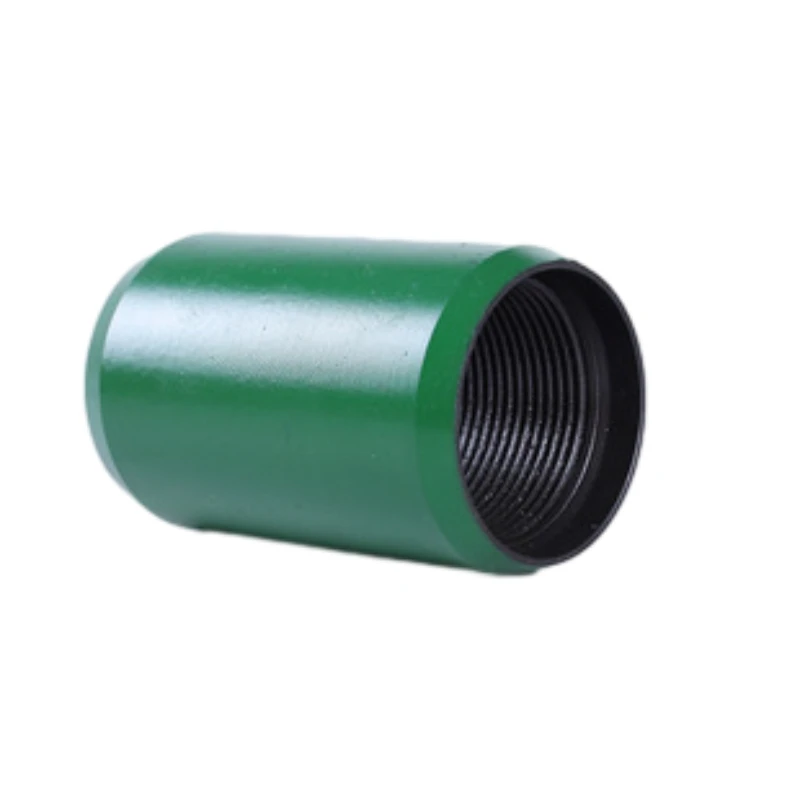- Afrikaans
- Albanian
- Amharic
- Arabic
- Armenian
- Azerbaijani
- Basque
- Belarusian
- Bengali
- Bosnian
- Bulgarian
- Catalan
- Cebuano
- Corsican
- Croatian
- Czech
- Danish
- Dutch
- English
- Esperanto
- Estonian
- Finnish
- French
- Frisian
- Galician
- Georgian
- German
- Greek
- Gujarati
- Haitian Creole
- hausa
- hawaiian
- Hebrew
- Hindi
- Miao
- Hungarian
- Icelandic
- igbo
- Indonesian
- irish
- Italian
- Japanese
- Javanese
- Kannada
- kazakh
- Khmer
- Rwandese
- Korean
- Kurdish
- Kyrgyz
- Lao
- Latin
- Latvian
- Lithuanian
- Luxembourgish
- Macedonian
- Malgashi
- Malay
- Malayalam
- Maltese
- Maori
- Marathi
- Mongolian
- Myanmar
- Nepali
- Norwegian
- Norwegian
- Occitan
- Pashto
- Persian
- Polish
- Portuguese
- Punjabi
- Romanian
- Russian
- Samoan
- Scottish Gaelic
- Serbian
- Sesotho
- Shona
- Sindhi
- Sinhala
- Slovak
- Slovenian
- Somali
- Spanish
- Sundanese
- Swahili
- Swedish
- Tagalog
- Tajik
- Tamil
- Tatar
- Telugu
- Thai
- Turkish
- Turkmen
- Ukrainian
- Urdu
- Uighur
- Uzbek
- Vietnamese
- Welsh
- Bantu
- Yiddish
- Yoruba
- Zulu
Exploring Innovative Solutions in Tubing Product Design and Applications
The Versatility and Importance of Tubing Products
In the vast world of manufacturing and engineering, tubing products play a critical role across various industries. From medical applications to industrial uses, the versatility of tubing makes it an essential component in a multitude of processes. In this article, we will explore the different types of tubing products, their applications, and the innovations driving this vital segment of the market.
Understanding Tubing Products
Tubing products are cylindrical materials typically used for conveying liquids, gases, or solids. They can be made from a variety of materials, including metals, plastics, and composites. The choice of material often depends on the specific application and the properties required, such as chemical resistance, temperature tolerance, and strength.
Common materials used in manufacturing tubing products include
1. Stainless Steel Known for its corrosion resistance and durability, stainless steel tubing is widely used in food and beverage, pharmaceutical, and petrochemical industries. 2. Plastic Lightweight and versatile, plastic tubing, such as PVC and polyethylene, is ideal for applications in irrigation, HVAC, and medical devices. 3. Copper Often used in plumbing and electrical applications, copper tubing is known for its excellent conductivity and resistance to corrosion.
Applications of Tubing Products
The applications of tubing products extend across numerous sectors, showcasing their importance in both daily life and specialized industries.
1. Medical Applications In the healthcare sector, tubing products are indispensable. They are used in diagnostics, catheters, and IV lines, allowing for safe and efficient delivery of medications and fluids. Advances in biocompatible materials have led to the development of specialized tubing that minimizes the risk of infections and adverse reactions.
2. Industrial Uses In manufacturing and industrial settings, tubing is crucial for fluid and gas transfer. Hydraulic systems, pneumatic applications, and air conditioning systems all rely on various types of tubing products. The ability to withstand high pressure and temperature makes industrial-grade tubing essential for safety and efficiency.
tubing products

3. Construction and Plumbing Tubing products are vital components in plumbing systems, with copper and PEX being the most common materials. They are used for both water supply lines and drainage systems, ensuring the efficient flow of water throughout buildings.
4. Automotive Industry In automotive applications, tubing products provide vital functions, including fuel lines, brake lines, and cooling systems. The durability and performance of these tubes are critical for vehicle safety and functionality.
Innovations in Tubing Products
The tubing products market continues to evolve with innovations that enhance performance, efficiency, and sustainability. Some of the most notable trends include
1. Advanced Materials Manufacturers are increasingly turning to composite materials that offer superior properties, such as enhanced durability and reduced weight. These advancements are particularly beneficial in applications where performance is critical, such as aerospace and defense.
2. Recyclable and Sustainable Options With growing environmental concerns, the demand for sustainable tubing products is on the rise. Manufacturers are developing biodegradable and recyclable options that reduce waste and the environmental impact associated with traditional materials.
3. Smart Tubing Solutions The integration of sensors and technologies into tubing products is paving the way for smart systems. These innovations allow for real-time monitoring of fluid flow, temperature, and pressure, enabling more efficient operations and predictive maintenance in industrial applications.
4. Customization and 3D Printing Customization is becoming easier with advances in 3D printing technologies. Manufacturers can now produce tubing products tailored to specific requirements and designs, enhancing flexibility and reducing lead times.
Conclusion
Tubing products are a fundamental element of various industries, offering essential functions that support countless processes and applications. Their adaptability, combined with ongoing innovations in materials and technologies, ensures that tubing will continue to play a pivotal role in the future of manufacturing, healthcare, and beyond. As we move forward, the focus on sustainability and performance will likely drive even more advancements in this multifaceted market, highlighting the significance of tubing products in our daily lives and industrial practices. Whether for conveying critical fluids in healthcare or supporting robust systems in manufacturing, the importance of tubing products cannot be overstated.
-
Tubing Pup Joints: Essential Components for Oil and Gas OperationsNewsJul.10,2025
-
Pup Joints: Essential Components for Reliable Drilling OperationsNewsJul.10,2025
-
Pipe Couplings: Connecting Your World EfficientlyNewsJul.10,2025
-
Mastering Oilfield Operations with Quality Tubing and CasingNewsJul.10,2025
-
High-Quality Casing Couplings for Every NeedNewsJul.10,2025
-
Boost Your Drilling Efficiency with Premium Crossover Tools & Seating NipplesNewsJul.10,2025







